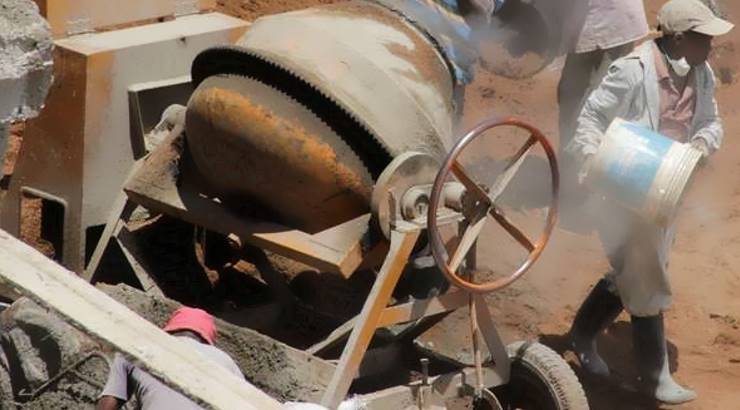Quick Tips
How to Check Cement Quality
Simple techniques to check cement quality before construction begins.

Mastering how to check cement quality through effective cement quality tests is the cornerstone of any successful construction project.
Cement serves as the glue that binds concrete, mortar, and brick structures together, thereby greatly impacting their strength, durability, and safety.
Therefore, it is not only desirable but also sensible to utilise the highest quality cement, which can be determined by investigating its properties before use.
In this guide, we’ll delve into essential techniques and tests to guarantee the integrity of your cement before laying the foundation.
Pre-purchase
At the hardware shop, here is how to check the quality of the cement:
(i) Brand
Being a manufactured product that involves the mixing of different components, cement grade varies from one brand to the other.
Choose a reputable brand and seller and check for certification to ensure there is adherence to manufacturing standards.
(ii) Production date
Cement loses its strength with time, and it is therefore vital to check for the date of manufacture. It is best to use cement that has not stayed more than 90 days since the date of manufacture.
Post-purchase
Once at the construction site, here is how to check the quality of the cement:
(i) Colour test
The colour of cement is indicative of the constituent raw materials. Quality cement has a distinctive grey-greenish colour that should be uniform in the entire bag.
Any variations signify excess lime or excess clay, which must be avoided.
RELATED: Types of Cement and their Uses
(ii) Temperature test
Cement should feel cool to the touch. You can test this by plunging your hand into the cement bag. If it feels warm, hydration is taking place in the bag and the quality is compromised.
(iii) Float test
When you place a small amount of cement on water, it should float for a little while before sinking. Continued floating indicates partial settling and air voids while immediate sinking is a sign of impurities.
(iv) Smell test
Cement has a characteristic odour when it reacts with water, which can vary depending on the ratio of components.
To perform the smell test, make a paste with water and smell it.
If it has an earthy smell, then too much clay and silt have been used hence affecting the cement grade.
RELATED: Firms Making a Fortune Selling Ready-Mix Concrete
(v) Strength test
To test strength, make a block measuring 1 inch by 1 inch by 8 inches and immerse it in water for 3–7 days. Place it on supports, 6 inches apart, and place a 34kg load on it. A block made from quality cement does not show signs of failure.
(vi) Setting test
Cement solidifies when it encounters water in a process known as setting. Quality cement should be set without any cracks and it should retain the original shape.
To test this, mix cement and water to make a thick rough-edged paste and place it on a glass plate. Immerse it in water and check after 24 hours to see the results.
(vii) Texture test
Cement is a very fine powder and high-quality cement is smooth to the touch. Lumps are a sign of moisture contamination while rough particles indicate adulteration with sand. Particle size affects the rate of setting and strengthening.
Considering its importance in structure soundness, contractors and clients must know how to check the quality of cement as part of basic precautions in construction.














